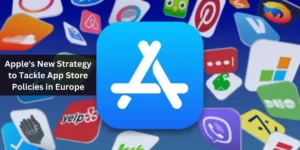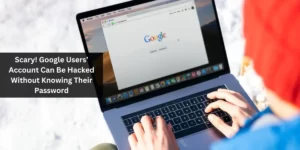In a world where technology and content collide, a significant battle brews between the New York Times and OpenAI. As the lines between creative content and artificial intelligence blur, let’s delve into the key questions of this landmark case.
Understanding the Controversy
The Heart of the Matter
The New York Times, a beacon of journalism, has raised concerns against OpenAI, a leader in artificial intelligence. At stake is the integrity and ownership of content in the age of AI-generated texts.
Why It Matters
The outcome of this battle could redefine copyright laws, AI ethics, and the relationship between human-created and machine-generated content.
Key Questions Answered
1. What’s the Legal Argument?
The New York Times alleges that OpenAI’s language model might be using its content to train AI without permission. How do copyright laws apply to AI-generated content?
2. How Does OpenAI Respond?
OpenAI claims its technology is a tool for progress, emphasizing the transformative nature of AI in various sectors. But where is the line drawn between innovation and infringement?
3. What Are the Implications for Content Creators?
Journalists, authors, and artists are watching closely. The verdict could impact how their work is used and protected in the digital age.
4. How Will This Affect AI Development?
This case might set a precedent for how AI companies operate, potentially reshaping the development landscape based on copyright restrictions.
5. What Does This Mean for Consumers?
From news readers to tech users, the ripple effects could alter how we access, interact with, and trust AI-generated content.
The Debate: Innovation Vs. Protection
Balancing Act
The challenge lies in nurturing innovation while safeguarding intellectual property. How will the industry strike this balance?
The Global Perspective
This isn’t just a U.S. issue. The international community is closely watching, as the decision could influence global standards and practices.
Looking Ahead: Possible Outcomes
A Landmark Ruling
The court’s decision could be a watershed moment for both AI technology and content industries. Whatever the outcome, expect significant changes.
The Future of AI and Journalism
How will AI shape the future of reporting, writing, and content creation? The implications of this case will be felt for years to come.
Conclusion: Navigating the New Frontier
As we stand on the precipice of a new era in content creation and technology, the New York Times Vs OpenAI battle is more than a legal dispute; it’s a dialogue about the future. The answers to these questions will pave the way for how we interact with technology and value human creativity.
FAQs
Why is the New York Times suing OpenAI?
The New York Times alleges that OpenAI uses its copyrighted content without permission to train its language models.
What is OpenAI’s defense?
OpenAI might argue the transformative nature of its work and how it falls under fair use, but the specifics of their defense will unfold as the case progresses.
How could this lawsuit affect other content creators?
It could set a precedent for copyright protection in the age of AI, influencing how creators’ work is used and compensated.
What are the broader implications for AI development?
A ruling against OpenAI could lead to more stringent regulations and potentially slow down AI innovation and its application across sectors.
When can we expect a resolution to the case?
Legal battles can be lengthy, but given the high profile of this case, both parties might be keen on a resolution sooner rather than later. Stay tuned for updates from the court.



